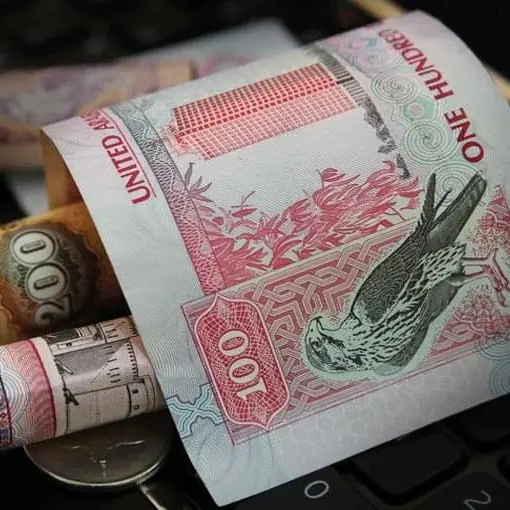PHOTO
Muscat – Capital Intelligence Ratings (CI Ratings) has announced the revision of Oman’s long-term foreign currency and local currency ratings outlook to ‘positive’ from ‘stable.’ At the same time, CI Ratings affirmed the sultanate’s long-term foreign and local currency ratings at ‘BB+’ and its short-term ratings at ‘B’.
‘The change in the outlook reflects the faster-than-expected decline in central government debt, supported by ongoing fiscal consolidation measures and proactive debt management,’ CI Ratings said in a press statement.
The agency noted that ‘the Omani government’s budget position has remained in surplus despite prolonged voluntary hydrocarbon production cuts, while hydrocarbon and divestment proceeds are being used to prepay, repay, and buy back relatively expensive external debt.’
The positive outlook, according to CI Ratings, also reflects an increase in government financial assets and the implementation of structural reforms outlined in Oman Vision 2040.
Oman’s sovereign ratings are underpinned by prudent economic policies, the relative strength of the banking system, and CI Ratings’ expectation that financial support would be forthcoming from other GCC countries if necessary.
CI Ratings observed that Oman’s budget remained strong in the first half of 2024, posting a surplus of 1% of GDP, compared to 1.5% in the same period of 2023. ‘This was attributable to continued fiscal consolidation measures, including spending rationalisation and a reduction in social subsidies.’
The rating agency further estimated that Oman’s government debt declined to 33% of GDP by the end of June 2024, from 36.5% in December 2023, with repayments and buybacks—particularly of Eurobonds and sukuk—amounting to 2.6% of GDP.
‘The decrease in external government debt has helped improve the debt structure and alleviate some pressure on interest costs arising from still tight local and international monetary policies. Interest expenses fell to 7.2% of total revenues in the first half of 2024, down from 7.9% a year earlier, and are projected to decrease to an average of 6.4% over the next two years,’ CI Ratings said.
CI Ratings noted that Oman’s sovereign ratings could be upgraded in the next 12 months if improvements in public finances and debt reduction persist, especially if supported by reforms that reduce reliance on hydrocarbons and enhance non-oil revenue mobilisation.
Regarding oil prices, CI Ratings’ baseline scenario assumes that crude prices will average $76.7 per barrel in 2024-2026, surpassing the sultanate’s average fiscal breakeven oil price of $70.7 per barrel.
‘We expect the central government budget surplus (including divestment proceeds) to average 2.5% of GDP during the forecast period, with central government debt declining further to 31.5% of GDP by the end of 2024, lower than our previous projection of 33.2%,’ CI Ratings stated.
The agency also highlighted that Oman’s gross financing needs remain low and are expected to decline to an average of 2.3% of GDP in 2025-26, from 3.4% in 2024.
CI Ratings noted that Oman’s ratings continue to be supported by the government’s commitment to structural reforms, with several new laws being adopted in 2023 and 2024, including the labour law, public employment law, and social protection law.
‘This year, the government is expected to continue efforts to gradually reduce the state’s footprint in the economy through its divestment programme,’ the agency added.
CI Ratings projects Oman’s real GDP to grow by an average of 1.8% in 2024, before accelerating to an average of 3.3% in 2025-26.
‘Oman’s current growth outlook benefits from external demand for crude and condensate oil, as well as key manufacturing goods such as plastics, chemicals, and base metals. Economic growth is also expected to benefit from high levels of foreign direct investment (FDI) in the hydrocarbon sector, as well as infrastructural projects in non-hydrocarbon sectors,’ CI Ratings said.
© Apex Press and Publishing Provided by SyndiGate Media Inc. (Syndigate.info).





















